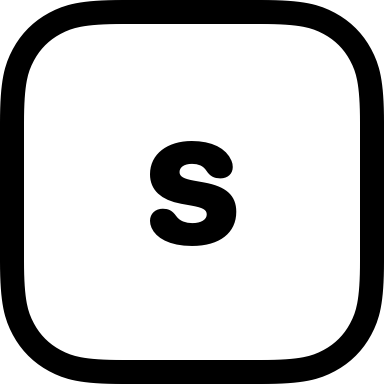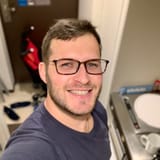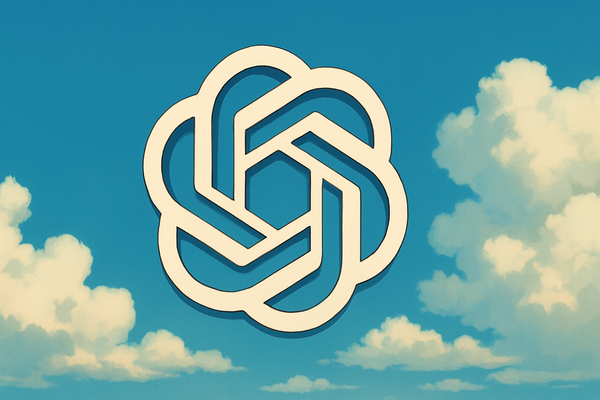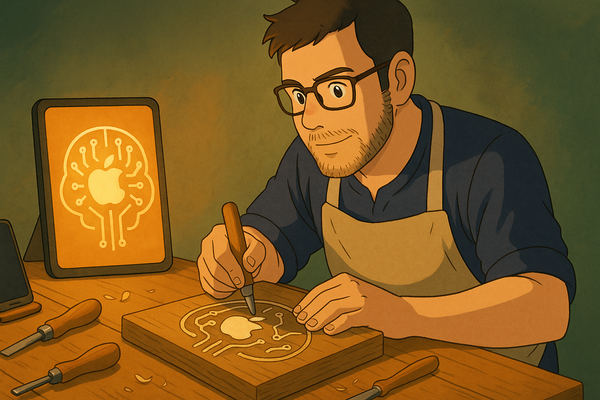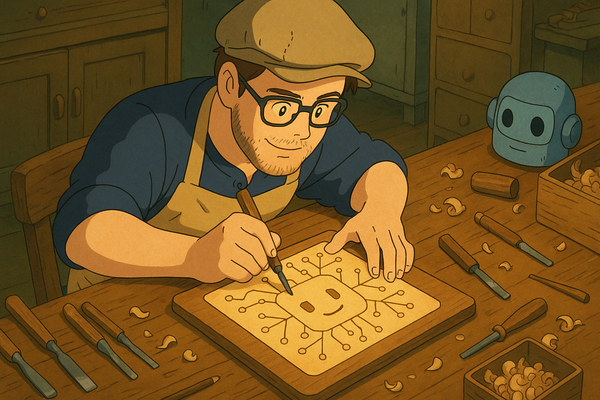Taking the Leap: Becoming an Indie Dev and Thriving

Going indie is a choice that demands clarity, commitment, and a bit of courage. In this post, I want to share how I made the leap — from full-time roles to building on my own terms — and what I’ve learned along the way.
Whether you're considering your own transition, already walking the path, or simply curious, I hope this gives you a clear-eyed look at the realities, the trade-offs, and the quiet wins that make this journey worth it.
I’m Earning $0 — and That’s Okay (For Now)
Right now, I have no app revenue. Zero. I still have an old tax calculator on the App Store, but it’s not my focus. I’m building toward something new — a suite of products that blend Swift, AI, and thoughtful design.
The risk is real. But so is the reward of building something that might actually matter.
While none of my current apps are earning yet, freelance work as a Swift developer and UI designer is helping me cover costs. That mix — steady client work and long-term product building — is what’s giving me room to breathe and build. And that leads to the first critical step…
Step 1: Take Stock — Honestly
Before jumping into indie life, I had to audit everything.
I’m married with three kids. That changes the equation. So my wife and I sat down and mapped it all out — income, expenses, our responsibilities, and how this shift would impact us both. We knew we’d need to adjust.
She picked up a part-time job. I focused on freelancing while building. That shared commitment gave us a buffer, and more importantly, a shared sense of why we were doing this.
If you’re going indie, be honest about your constraints — they’ll shape your decisions more than any roadmap.
Step 2: Build a Real Foundation
What’s kept me grounded has been less about goals and more about systems — and the people who help me build them.
- Find your circle. I’ve had incredible support from folks like Antoine van der Lee and Hidde van der Ploeg. Antoine’s From Side Project to Going Indie course was a turning point, and Hidde’s advice and nudgescontinue to shape how I work. Surrounding yourself with thoughtful builders changes everything.
- Create structure. I live with ADHD and OCD, so structure is survival. On my deep work days, I aim to hit three goals: ship something (usually a TestFlight build), learn something new, and write. That’s it. That’s enough.
- Minimize distractions. Kids. Projects. Ideas. There’s always noise. I’ve had to get sharper at protecting focus — especially when time is tight.
Support, routines, and constraints are not limitations. They’re what make this work sustainable.
Big shoutout to folks like Mikaela Caron, Anna Beltrami, Paul Hudson, Chris Hefferman, and others in the iOS community whose work (and kindness) continues to inspire.
Step 3: Know What You're Working Toward
I’m currently building across four active projects. My original plan was one app per month — fast, lean, focused. But one idea quickly showed signs of traction, so I doubled down.
That flexibility matters. It lets me adapt without feeling like I’ve failed. Having multiple scoped projects means I’m never standing still — even if one slows down.
Here’s what I’ve found helps most:
- Keep project scopes tight
- Iterate with users early
- Follow energy and feedback, not just roadmaps
I’m especially focused on AI-native product design — structuring context, improving reasoning, and building smarter interfaces. That overlap of Swift, AI engineering, and intentional UX is where I want to keep moving.
In Closing…
This journey is still early. I’m still learning. Still adapting.
But I’ve never felt more aligned with the kind of work I want to do — building tools that are useful, considered, and deeply human-centered.
These steps — taking stock, building a foundation, and working with focus — have helped me navigate the shift from full-time to indie.
If you’re exploring this path, I hope this post gives you something to work from — or just the nudge to keep going.
This post shared the early chapters of my indie dev journey — from honest realities to the routines and relationships keeping me steady. I’ll be writing more about how I’m building products like AteIQ, staying afloat, and finding meaning in the mess.
If you’re exploring this space too, I’d genuinely love to connect or you can drop me a line.
And if you’re just getting started, I hope this blog becomes a place you can revisit and grow alongside.
Until next time — keep going, even if it’s slow.
